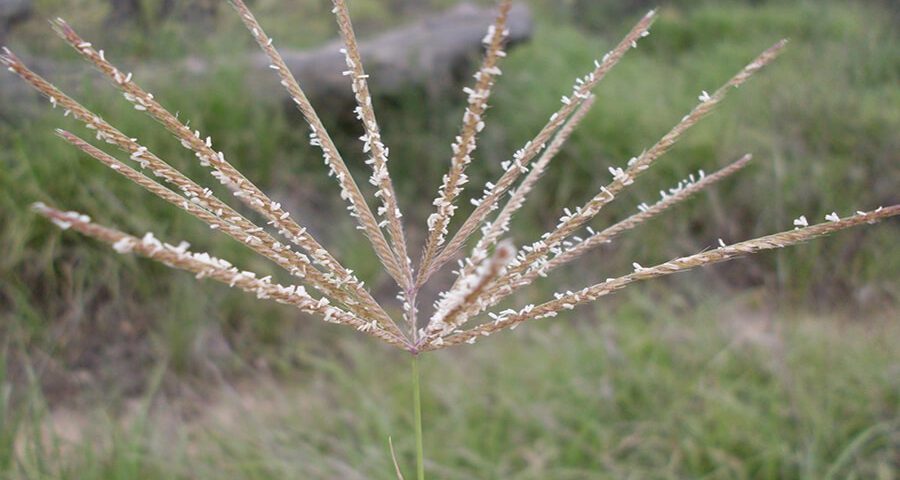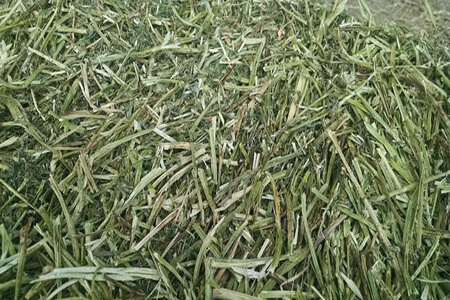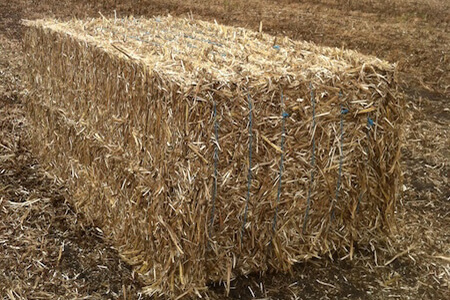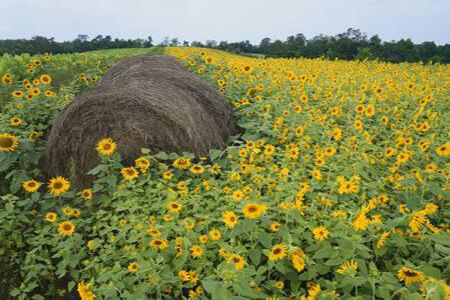Rhodes Hay

Alfalfa Hay
12 April 2017
Blue Panic Hay
11 May 2017Description
R
hodes grass (Chloris gayana Kunth) is an important tropical grass widespread in tropical and subtropical countries. It is a useful forage for pasture and hay, drought-resistant and very productive, of high quality when young.
Rhodes grass is a perennial or annual tropical grass. It is a leafy grass, 1-2 m in height, highly variable in habit. The culms are tufted or creeping, erect or decumbent, sometimes rooting from the nodes. The roots are very deep, down to 4.5 m. The leaves are linear, with flat or folded glabrous blades, 12-50 cm long x 10-20 mm wide, tapering at the apex. The seed head has an open hand shape and encompasses 2-10 one-sided or double-sided racemes, 4-15 cm long. The inflorescences are light greenish brown (rarely yellow) in colour, and turn darker brown as they mature (Cook et al., 2005). The spikelets (over 32) are densely imbricated and have two awns. The fruit is a caryopsis, longitudinally grooved
Rhodes grass is primarily a useful forage of moderate to high quality. It is grazed, cut for hay or used as deferred feed but it is not suitable for silage. It can form pure stands or is sown with other grasses or legumes. Many cultivars have been developed in order to suit different cultivation conditions or end-uses, such as early, late and very late flowering cultivars (NSWDPI, 2004). Prostrate cultivars are suitable for grazing and erect cultivars are adapted to hay . Chloris gayana is useful as a cover crop and soil improver, as it improves fertility and soil structure and helps to decrease nematode numbers




